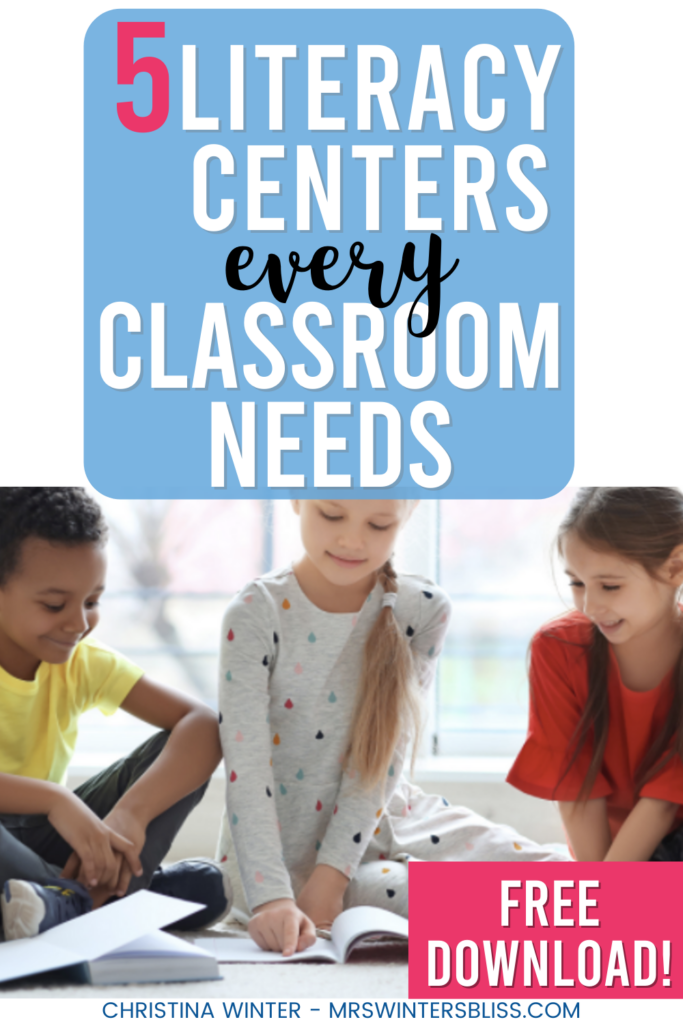
Every classroom needs literacy centers that allow children to practice reading, writing, speaking and listening while you focus your attention on your small group instruction. In this post, I share literacy centers that allow students to practice these skills and offer you ideas and activities to get literacy centers up and running in your kindergarten, first or second grade classroom!
By now you probably know I LOVE literacy centers! Why?? Because they allow me the time to provide targeted, explicit instruction to my small groups. Within a small group, I assess understanding and provide immediate corrective feedback. I perform informal assessments and collect data that helps drive my instruction. I can watch closely as students attempt a task and get a clear sense of their understandings and misconceptions. It is such important work and it requires my full attention.
So what are the other students doing while I’m working with this small group? They are working literacy centers! I’ve talked before about the benefits of centers, shared tips for planning and organizing, and strategies to limit disruptions. But I realize I’ve missed BIG and important question, which is exactly WHAT should students do in literacy centers?
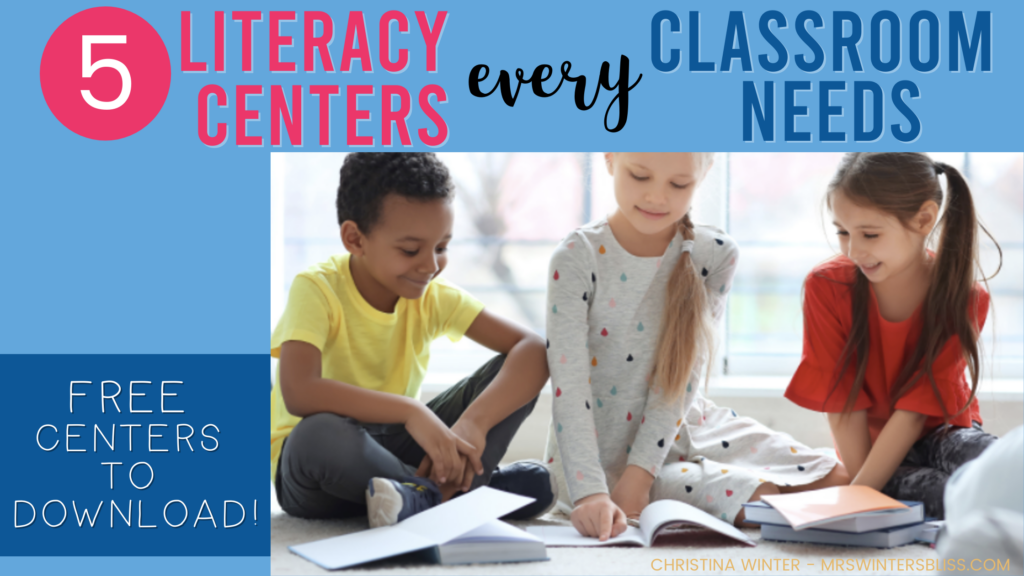
Literacy stations are not for busywork. Instead, they are a valuable chance for students to apply, practice and reflect on skills and strategies you have already taught. So how do you do that?? My advice is to keep it SIMPLE. Focus your centers on four things:
💗 Reading
💗 Writing
💗 Listening
💗 Speaking
Today I’m excited to share 5 literacy centers that will allow your students to independently practice those four valuable skills. I’ll discuss why each one is important and leave you with ideas and activities to help you get literacy center launched in your classroom!
5 Essential Literacy Centers
1. Word Study Center
Word study is an integral part of literacy instruction. You probably already provide direct instruction in word study, but we often underestimate the amount of practice students need to master these skills. In his book, A Fresh Look at Phonics, Wiley Blevins states that after a new skill is introduced, it should be reviewed for the next four to six weeks. Having a word study center is the perfect way to give students the review they need to master the phonics skills you have taught.
When thinking about the types of activities you will use in your word study center, you’ll want activities that offer cumulative practice. Cumulative review activities are designed to focus on a target skill AND include skills that you have previously taught. This type of practice helps ensure students are not just exposed to skills, but that they actually master them.
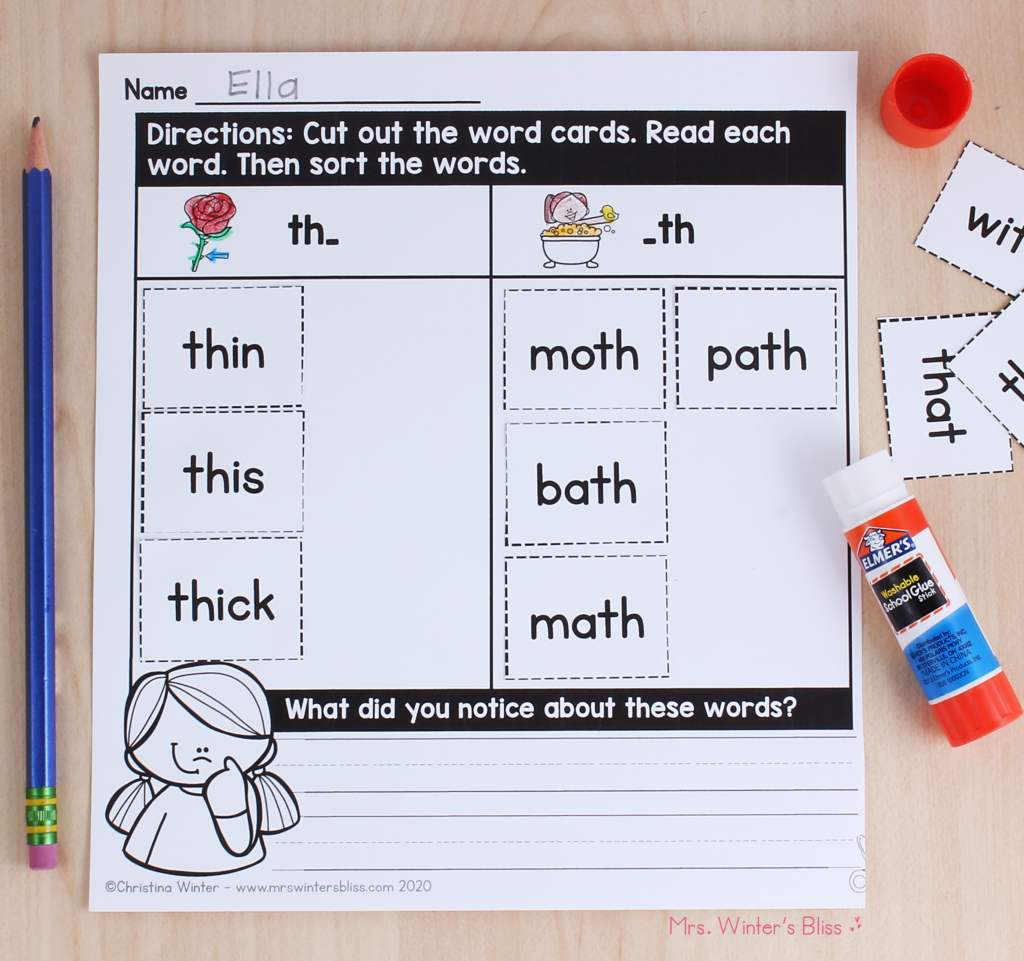
In this blog post, I shared 5 phonics activities that offer students the cumulative review and repetition they need to master the skills you teach.
2. Independent Reading Center
The independent reading center is probably just what you imagine! Students read independently, practice decoding, work on their fluency, and widen their vocabulary.
Sound simple? It is! But it’s also important and meaningful. The Science of Reading tells us that effective instruction follows the “I do, We do, You do” model. This means that after explicit instruction and plenty of opportunities to practice new skills with you, students need time to practice and apply these skills on their own. Independent reading offers students the opportunity to independently and authentically practice and apply the reading skills you have taught. Application is how skills stick.
As the teacher, you are responsible for teaching your students to fill their book bins with appropriate text. I recommend teaching students to fill them with books that are at the appropriate level of text difficulty, as well as books that suit their interests.
If you are using decodable passages in small group instruction, you can include copies of those passages in their book bin. This ensures students have texts that require them to apply the skills you have taught.
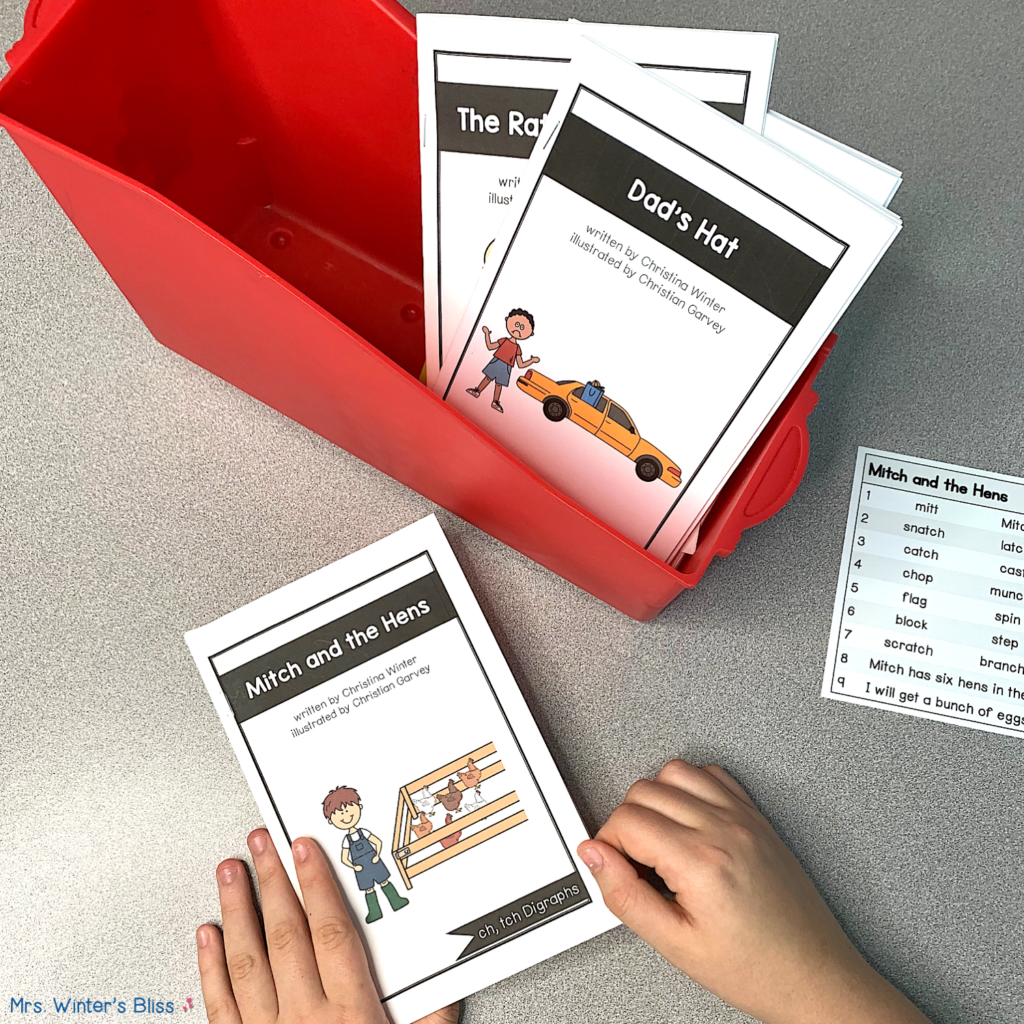
All that being said, I do not believe you should be afraid to include high-interest books only because they are “above their level”. Students can gain a tremendous amount of knowledge on all different topics by studying the pictures, particularly in nonfiction books. They can also learn a lot by examining the other text features including captions, labels, headings, and subheadings. This is valuable, engaging, and exciting for them!
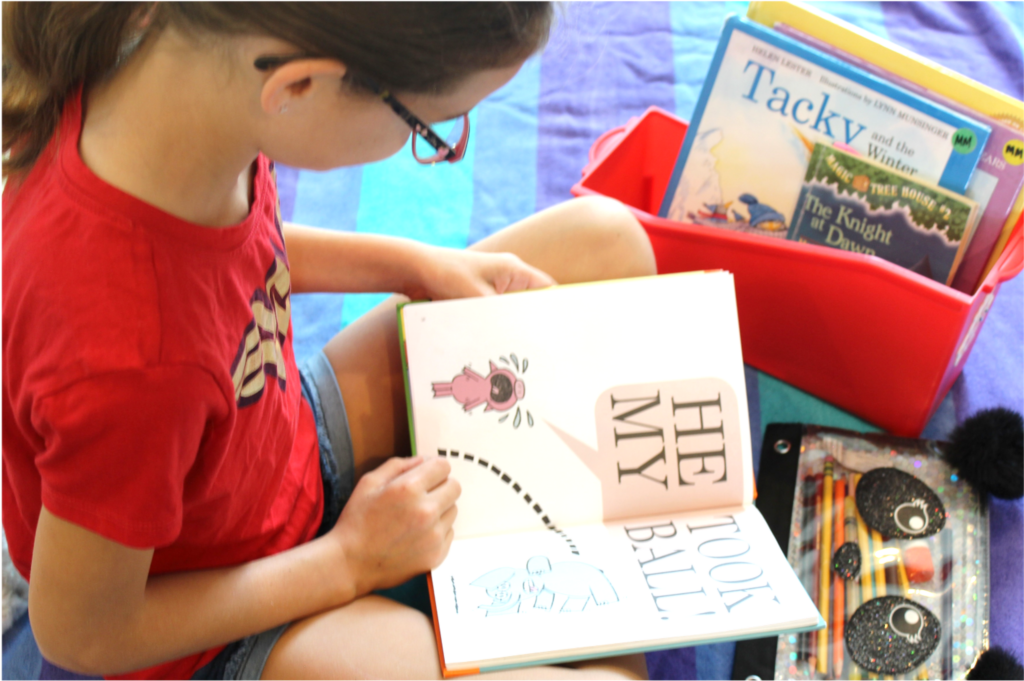
You can take a look at this post to learn more about the benefits of independent reading time and gain tips to help keep students accountable for their reading.
3. Writing Center
Children are naturally motivated to write at a young age! A writing center is a great way to keep that desire alive! It provides students with the materials, time, and scaffolding they need to independently express themselves.
In a writing center, students can write alone or with a partner. They can draft new pieces or continue working on an old one and publish it!
Just like the word study center, this is a place to practice what you have already taught them, not a place to try something new. I love these writing mini-units because they offer students valuable practice in genres I have previously taught. They have everything need to incorporate INFORMATIVE WRITING, OPINION WRITING and NARRATIVE WRITING into your literacy centers!
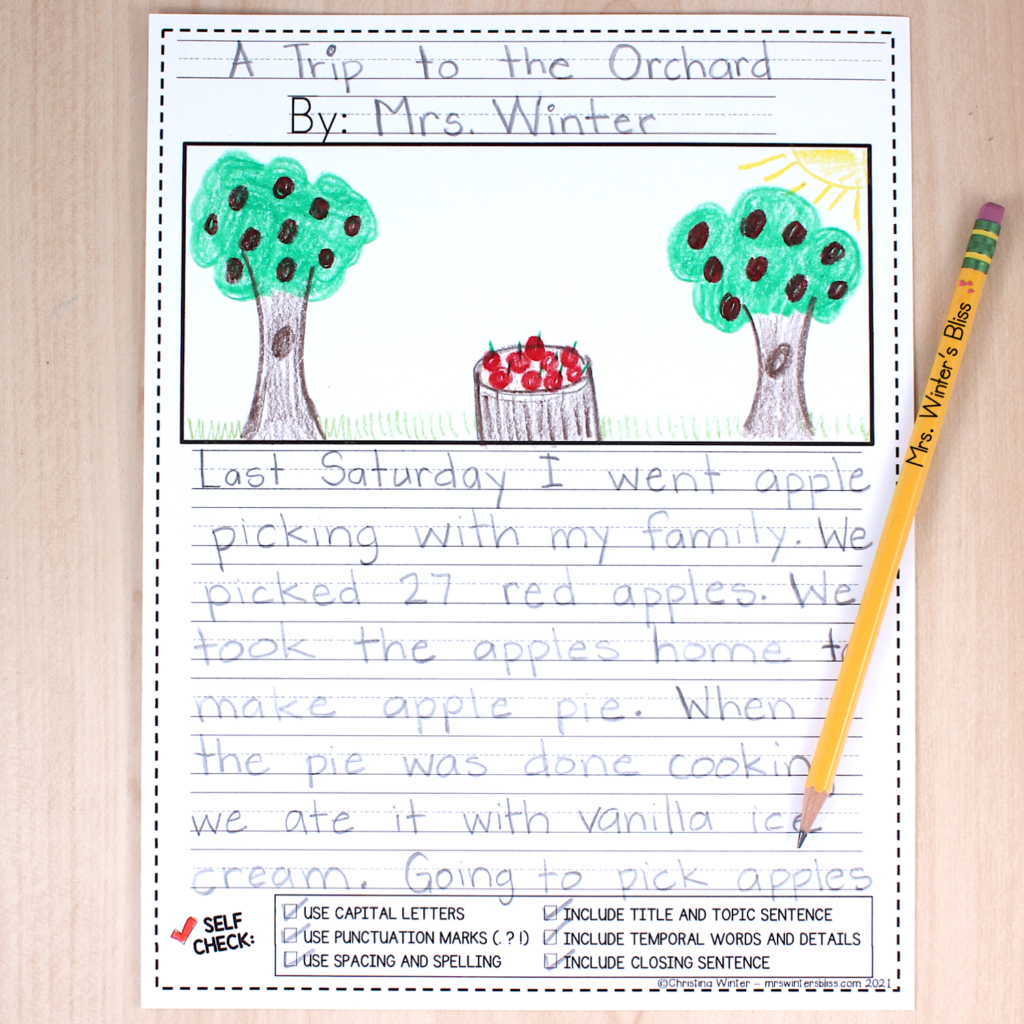
4. Listening Center
There are so many benefits to a listening center!
Children can listen at a higher language level than they can read. When they just listen to a story they can understand more complex ideas. They are also exposed to vocabulary and language patterns they might not hear in everyday speech.
It also gives students the chance to listen to a fluent reader, without the pressure to decode. This allows them to focus solely on their comprehension.
Finally, listening to books read aloud is an enjoyable and engaging experience for students. It develops their interest in books and desire to be a reader! I think we can agree that anything that helps to instill a love of reading is something we should be doing!
While tape/CD players make an excellent listening center, iPads and computers are also a good option. These days we are lucky because there are so many free reading websites that students can log into and enjoy the experience of being read to by a fluent reader.
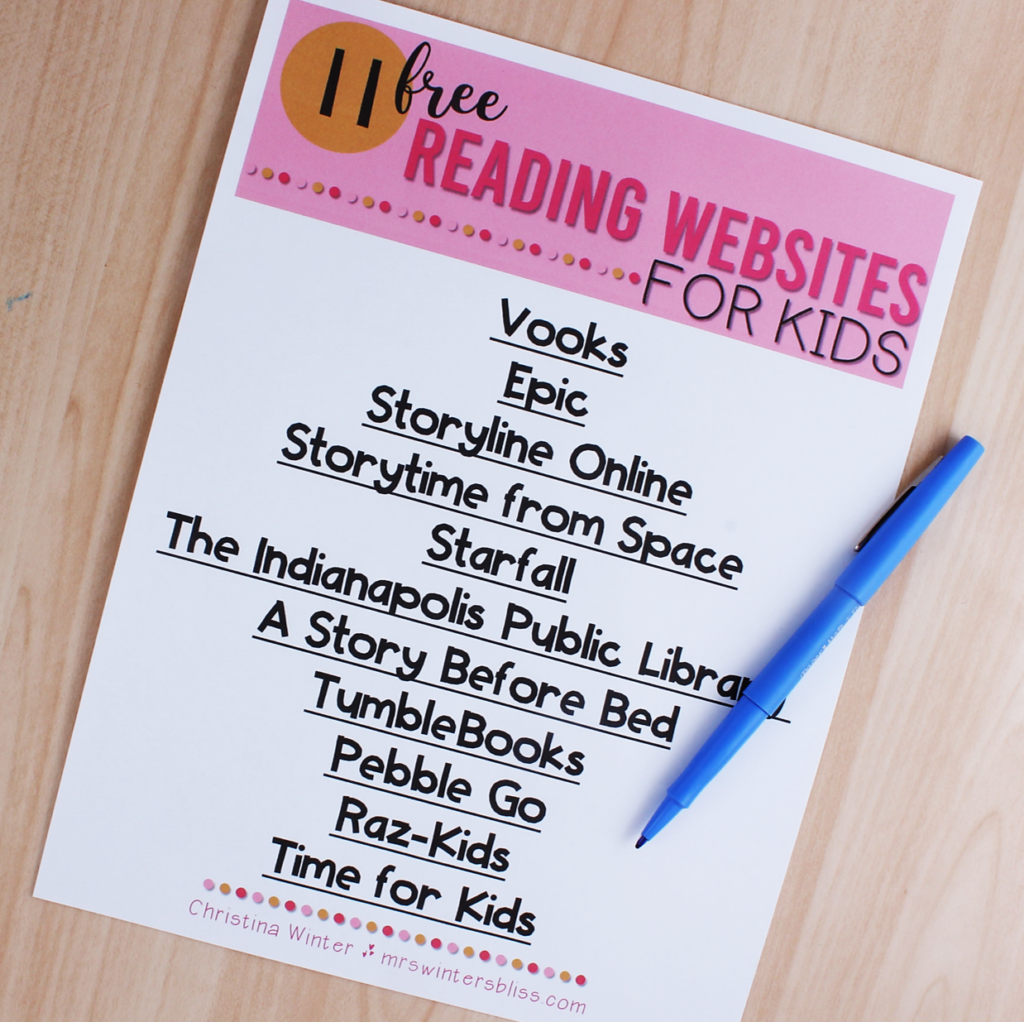
Need some resources to freshen up your listening center or just help get it started? These FREE listening center activities are perfect for kindergarten, first or second grade classrooms. They help students deepen their comprehension and make listening to reading an active learning activity.
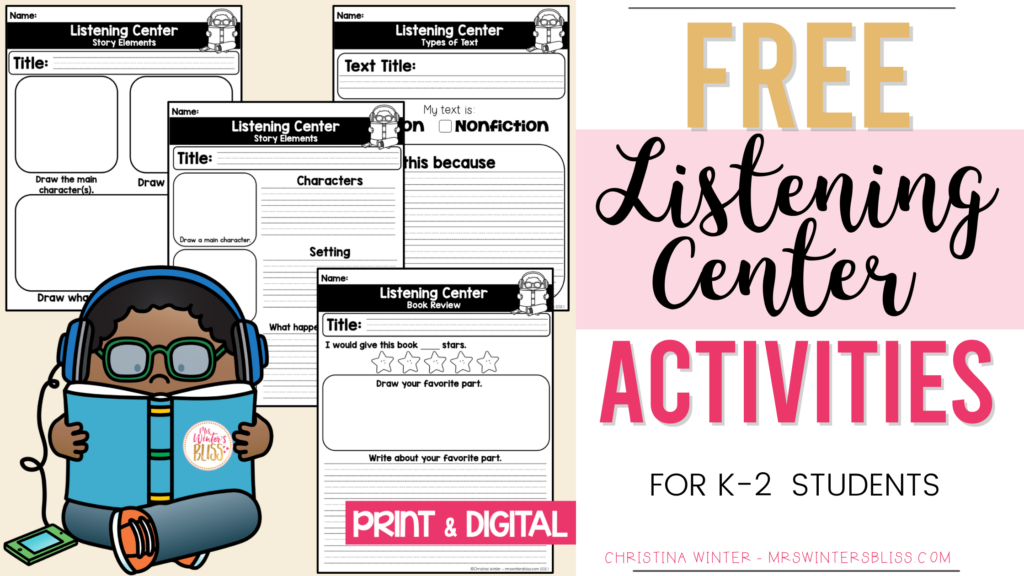
5. Partner Reading Center
Partner reading is one of the most popular literacy centers in my classroom. Students love reading together and find it highly engaging. I always feel good knowing they are getting time to practice reading strategies and build their fluency and comprehension. They also practice valuable collaboration skills like taking turns and actively listening to one another- always a good thing!!
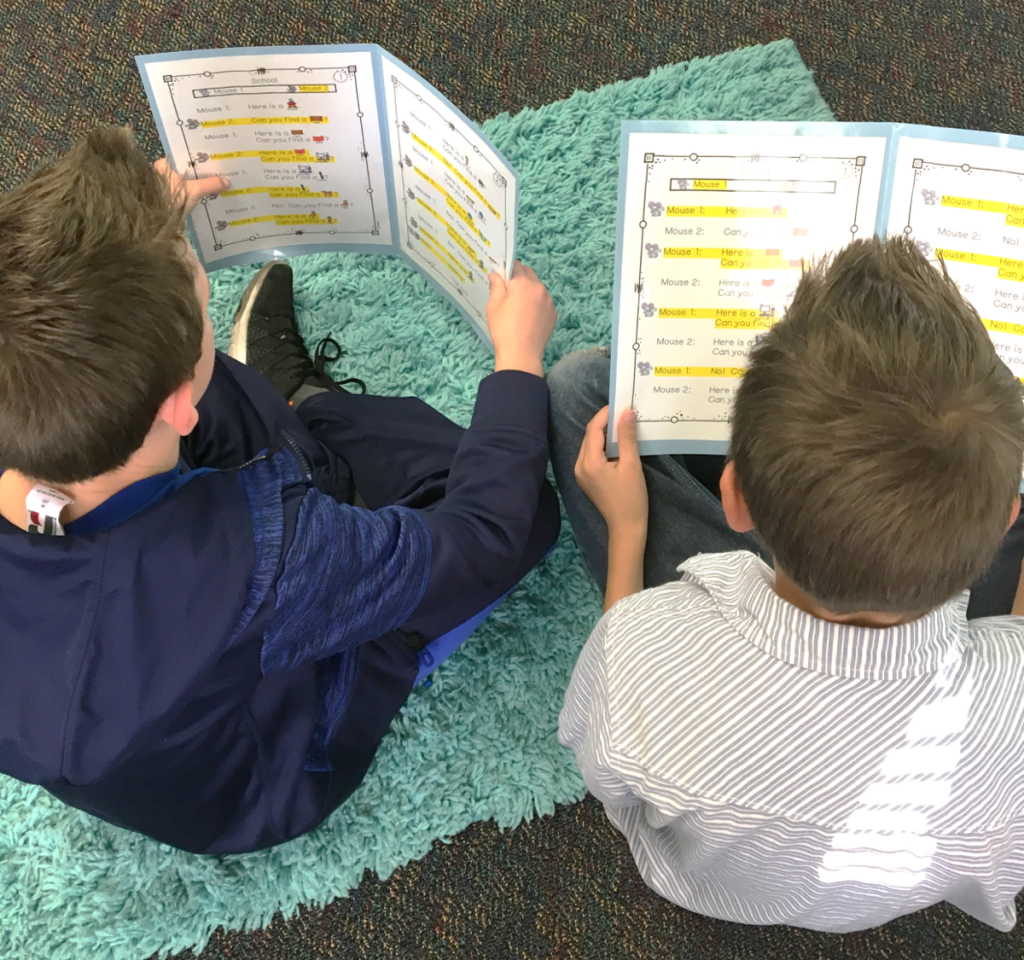
Partner reading can look a few different ways. They can take turns reading entire books from the book boxes, take turns reading a single text, or even read partner plays together! Kristin from A Teeny Tiny Teacher has written a variety of leveled engaging reader’s theater partner plays (pictured above) perfect for K-2 students. I highly suggest checking out this post and downloading a free set!
I hope the information I’ve shared today will help make planning and implementing literacy centers in your classroom easier for you. These activities will give your students meaningful practice and free you up to focus your attention on your small group instruction.
Feeling overwhelmed in trying to plan effective literacy centers or exhausted from all the center chaos many teachers experience?
Imagine there was an easy, foolproof process for running literacy centers without the circus, noise, or interruptions…
AND if you could get new, low-prep Science of Reading-aligned centers every month…plus detailed, specific trainings…would you finally feel confident about doing centers in your classroom?
All of this awaits you inside my K-2 membership, Leaders of Literacy!
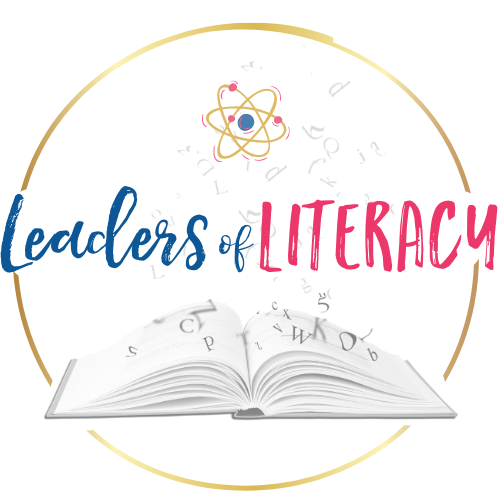
.
Join the waitlist and be notified first with more details when it’s open for enrollment!
*87% of the time, school spam filters block emails like mine 😩 Please use a personal address so you don’t miss a thing!
a
a









